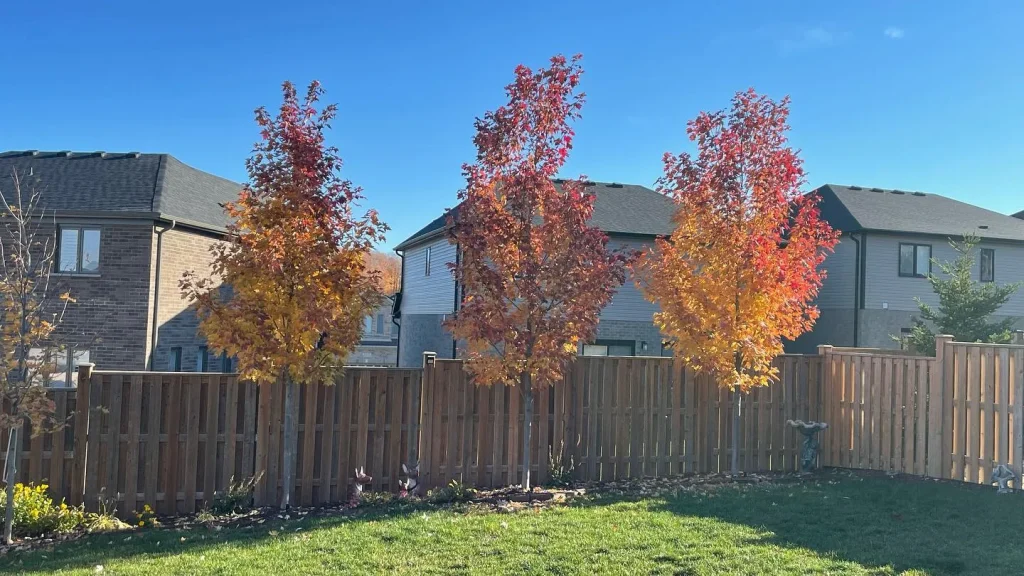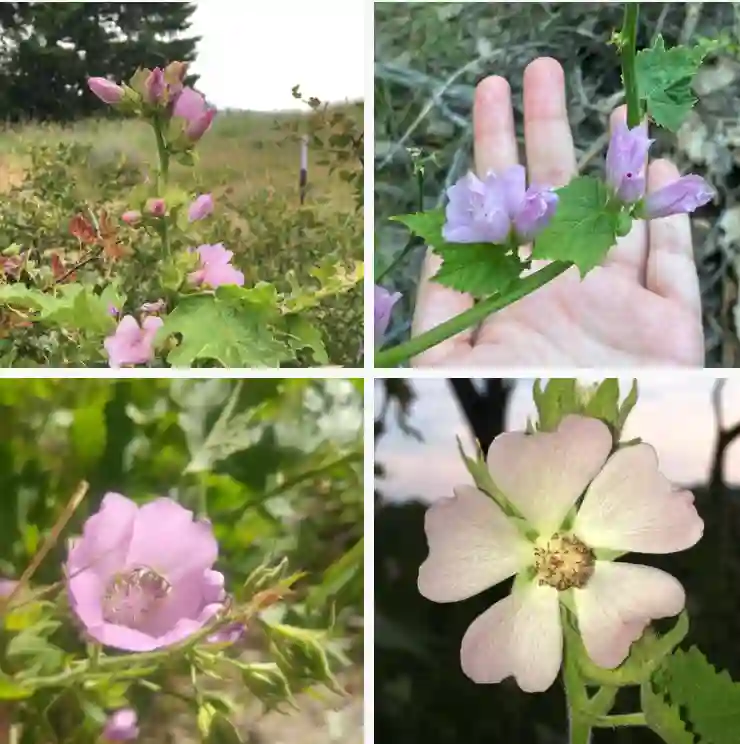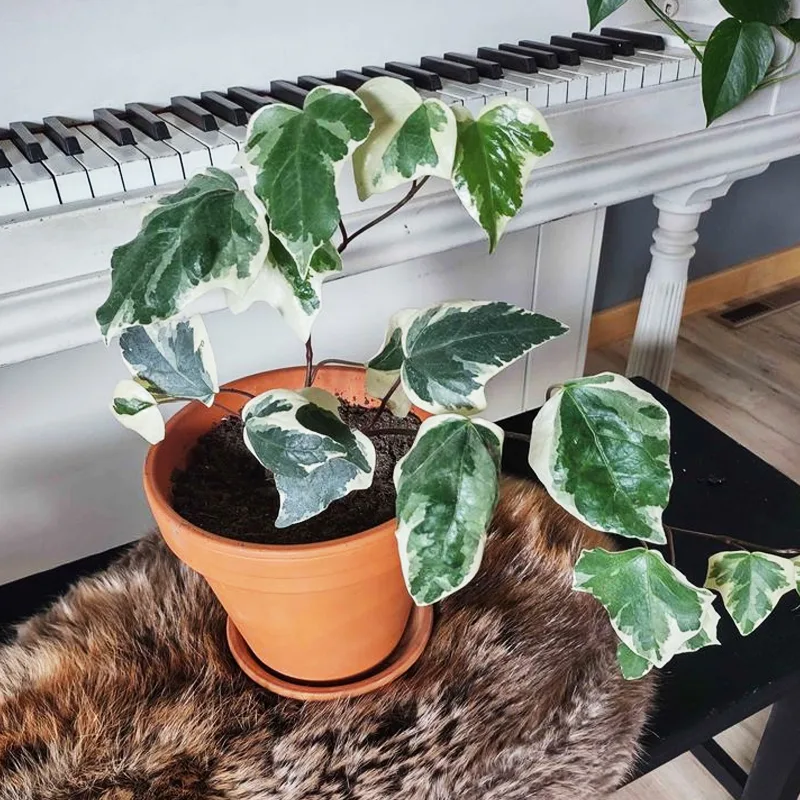
FAQs About Gunnera Manicata
I’ve been fascinated by Gunnera Manicata for a while now. This dramatic plant, often called the Giant Rhubarb, has sparked many questions among gardeners and plant enthusiasts. Here’s a comprehensive guide to everything you need to know about this extraordinary plant.
Plant Family: Gunneraceae – Genus Gunnera
What Is Gunnera Manicata?
Gunnera Manicata is a striking perennial plant native to South America. Known for its enormous, prehistoric-looking leaves, it can create a dramatic focal point in any garden. The leaves can grow up to 10 feet long and 8 feet wide, making it one of the largest plants you can grow in your garden.
How to Germinate Gunnera Manicata Seeds?
Germinating Gunnera Manicata seeds can be a bit tricky but rewarding. Start by soaking the seeds in warm water for 24 hours. After soaking, plant them in a seed tray filled with a well-draining, peat-based compost. Keep the tray in a warm, sunny location, and maintain a consistent moisture level. Germination can take several weeks to a few months, so patience is key.
How to Grow Gunnera Manicata?
Gunnera Manicata requires a lot of space and a bit of care to thrive. It prefers a sunny or partially shaded spot with rich, well-drained soil. The plant can tolerate wet conditions, which is why it’s often found near water in its native habitat. When planting, make sure to space it about 6 feet apart to accommodate its large size.
How Deep to Plant Gunnera Manicata?
When planting Gunnera Manicata, dig a hole that is twice the width and depth of the root ball. This will give the plant ample room to spread out its roots. Make sure the top of the root ball is level with the soil surface. After planting, water thoroughly and add a layer of mulch to help retain moisture and suppress weeds.
How Often to Water Gunnera Manicata?
Gunnera Manicata is a water-loving plant. Regular watering is essential, especially during dry periods. Aim to keep the soil consistently moist but not waterlogged. If you’re growing it in a very sunny spot, you may need to water more frequently.
Can You Keep Gunnera Manicata Indoors?
Gunnera Manicata is generally not suited for indoor cultivation due to its size and water requirements. It thrives best in outdoor gardens where it has plenty of space to spread its massive leaves. If you live in a cooler climate, consider growing it in a large container that you can move outdoors during the growing season.
How to Care for Gunnera Manicata?
Care for Gunnera Manicata involves regular watering, occasional feeding, and protection from extreme cold. Apply a balanced, general-purpose fertilizer in spring to promote healthy growth. In colder climates, protect the plant with a thick layer of mulch or consider moving it to a greenhouse during winter.
Is Gunnera Manicata Invasive?
Gunnera Manicata can be invasive in certain climates, especially in areas with mild winters and ample moisture. It can spread rapidly and outcompete native plants, so it’s essential to manage its growth carefully and monitor its spread in your garden.
How Fast Does Gunnera Manicata Grow?
This plant is known for its rapid growth. Under optimal conditions, Gunnera Manicata can reach full size within a few years. It’s a robust grower, so be prepared for its impressive size and spread.
Is Gunnera Manicata Poisonous?
No, Gunnera Manicata is not considered poisonous. However, the plant’s large, sharp leaves and prickly stems can cause skin irritation in some people. Always handle the plant with gloves if you have sensitive skin.
How to Eat Gunnera Manicata?
The young, tender stalks of Gunnera Manicata can be eaten. They have a rhubarb-like flavor and are often used in similar ways to rhubarb in cooking. However, be cautious as the leaves and other parts of the plant are not edible and can be toxic if ingested.
Where to Buy Gunnera Manicata?
You can find Gunnera Manicata at specialty garden centers, nurseries that focus on exotic plants, or online plant retailers. Make sure to choose a reputable source to ensure you’re getting a healthy plant.
Gunnera Manicata vs Tinctoria
Gunnera Manicata and Gunnera Tinctoria are similar but distinct. Both species are large, but Gunnera Tinctoria, also known as Chilean Rhubarb, tends to be a bit smaller and has different leaf textures. Gunnera Manicata is generally larger and more robust, while Gunnera Tinctoria might be a better choice for smaller gardens.
Common Problems with Gunnera Manicata
The most common problems with Gunnera Manicata include pest infestations and fungal diseases. Aphids and slugs can sometimes target the plant, and excessive moisture can lead to root rot. Regular inspection and proper care can help mitigate these issues.
Benefits of Growing Gunnera Manicata
Aside from its dramatic appearance, Gunnera Manicata can create a lush, tropical feel in gardens. It also provides excellent habitat and food for wildlife. Its large leaves can offer shade to smaller plants and contribute to a rich, green landscape.
Growing Gunnera Manicata is a rewarding experience if you have the space and conditions for it. With the right care and management, this giant plant can become a spectacular feature in your garden.
If i die, water my plants!



